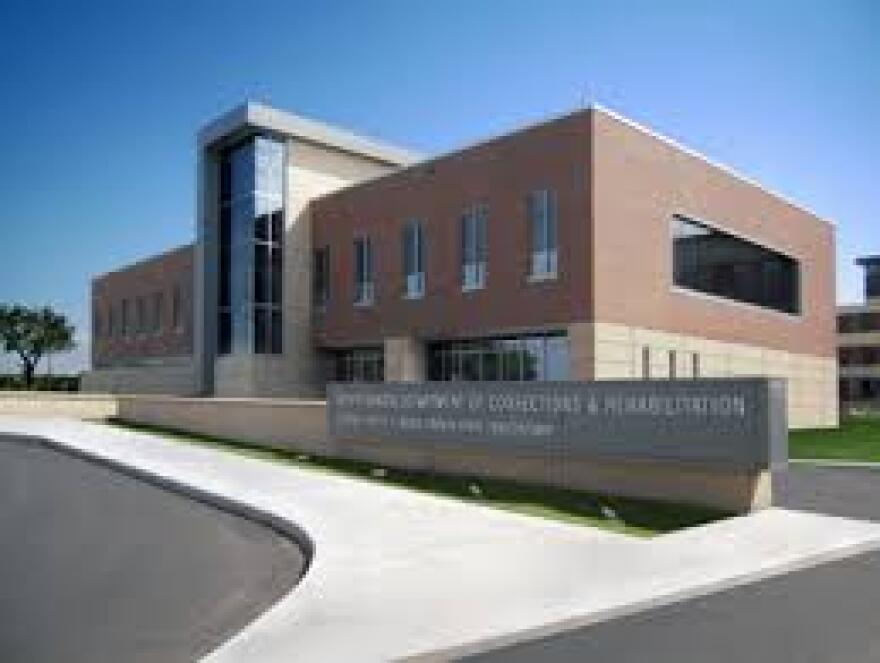North Dakota’s prison population continues to grow.
And an interim Legislative committee is looking at how to reverse that trend.
The Incarceration Issues Committee has enlisted the help of the Council of State Governments to study the issue. And CSG’s deputy director of programs, Mark Palca, says the numbers are significant.
"The number of felony sentences has doubled between 2011 and 2014," Palca said. "That's just a three year period. And over that term, the number of drug sentences increased by 2 1/2 times."
Palca says the number of class “C” felonies –- the lowest class of felony crimes – accounts for about 80 percent of the sentences.
"Three quarters of those lowest level felony offenses were sentenced to prison or to jail," Palca said. "A very small proportion went to probation."
Palca says one way to control the prison population is to focus on the more serious crimes for incarceration – and then focus on community-based treatment for non-violent drug offenders. But he says a community’s capacity for treatment could likely impact a judge’s sentencing decisions.
"Several judges responding to a survey said in very specific and rare events, they made a decision to sentence somebody to prison, even though their level of risk or seriousness of offense didn't rise to that level," Palca Said. "That's because there was no treatment available to address the disorders contributing to their behavior."
Palca says CSG will be helping the committee draft legislation to help solve the prison overcrowding problem. That legislation would be introduced in the 2017 session.

